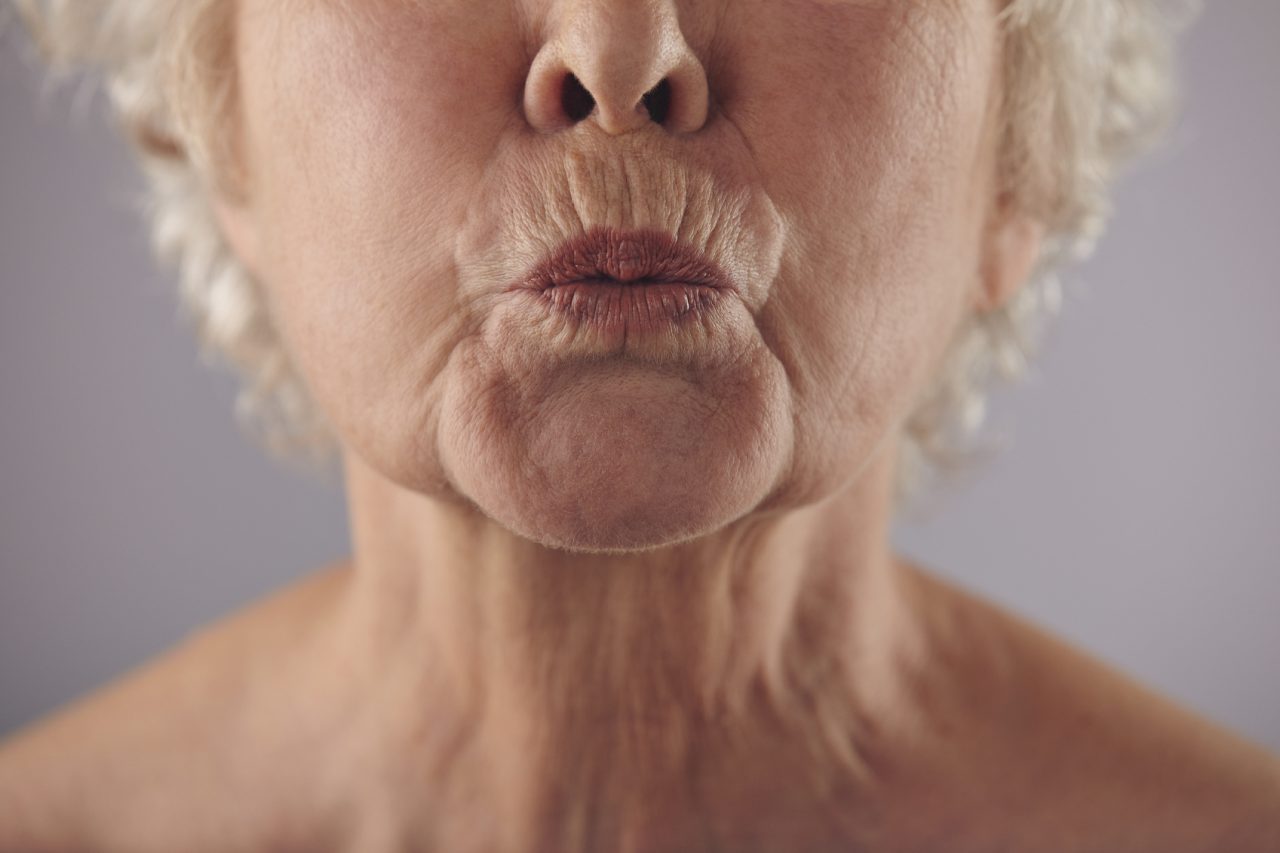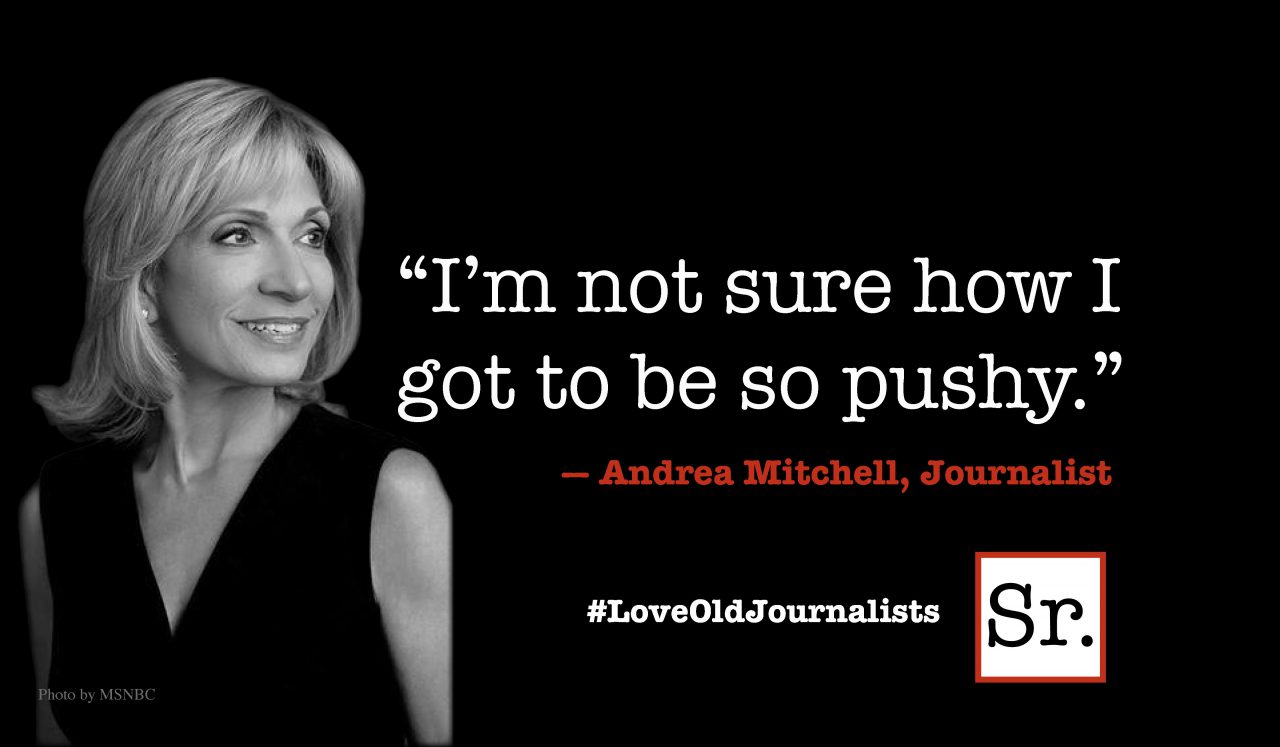I had some disturbing health news the other day.
I took a free health assessment at my fitness center that measured a number of physiological factors such as blood pressure, oxygen consumption, flexibility, muscle strength and body mass, to name a few. It also took into account my lifestyle choices of healthy nutrition, regular exercise and no smoking.
I was expecting to be a bit younger than my chronological age of 56, and thought I would come in with a body age of 49 or 50. Instead I was given the disturbing news that my body is 39 years young. The young trainer who performed the test enthusiastically declared, “You could live to 100.”
I know what you’re thinking: why is that disturbing? Many people would be thrilled with the idea of a triple-digit birthday. And yet, recognizing that I could live 40 or more years requires a different way of thinking.
Sure, I know there are multiple ways that I could die long before I reach 100. I could trip over my Chihuahua and fall down the stairs, breaking my neck. Or get hit by a red-light running truck as I cross the street. Or choke on a ham sandwich. Or be diagnosed with an untreatable cancer. Maybe a horrific car wreck will take me.
Obviously there’s no telling when and how each of us will meet our demise. Yet the odds are favorably pointing to more time on this planet. I need to readjust my long-term planning to longer long-term planning.
I’ve been taking notes from folks older than me, and one thing I’ve learned is the importance of making lifestyle adjustments five to 10 years before you’re ready, or you might be responding to an emergency rather than being proactive about change.
So my husband and I bought a one-story brick ranch home in our neighborhood that we will eventually renovate and occupy. I want fewer possessions, a smaller carbon footprint, and a safer home for the two of us to navigate as our bodies slow down.
Clearly, I need the financial wherewithal to live to 100. Conversations with our accountant and financial advisor these days include topics related to long-term care, home health aides and other medical necessities.
I have to plan emotionally to lose many of the people I love today, including my spouse, siblings, friends and possibly even a child. And it’s probably wise to cultivate younger friends. Physically, I need to remain as healthy and strong as I can for as long as I can, so I’ve started weight training and yoga to increase strength and balance. Spiritually, I need to continue to find meaning and purpose in my life through whatever outlets bring me peace and closer to my concept of God.
By 2050 I’ll be 90 and part of the “very old” category — but I’ll have lots of company. According to the U.S. Census Bureau, there will be 19 million Americans 85 years old or older by 2050, or 4.3 percent of the population, up from 5.5 million in 2010. Our nation is clearly aging and graying, and there are many people in my cohort who may live to 100.
One day my physiological age will catch up to my chronological age. Perhaps that will be the century mark, as my trainer predicts. If I start planning now for that to happen, I hope to be ready. And if I never become one of the oldest women on Earth, I do hope to be one of the most prepared.









